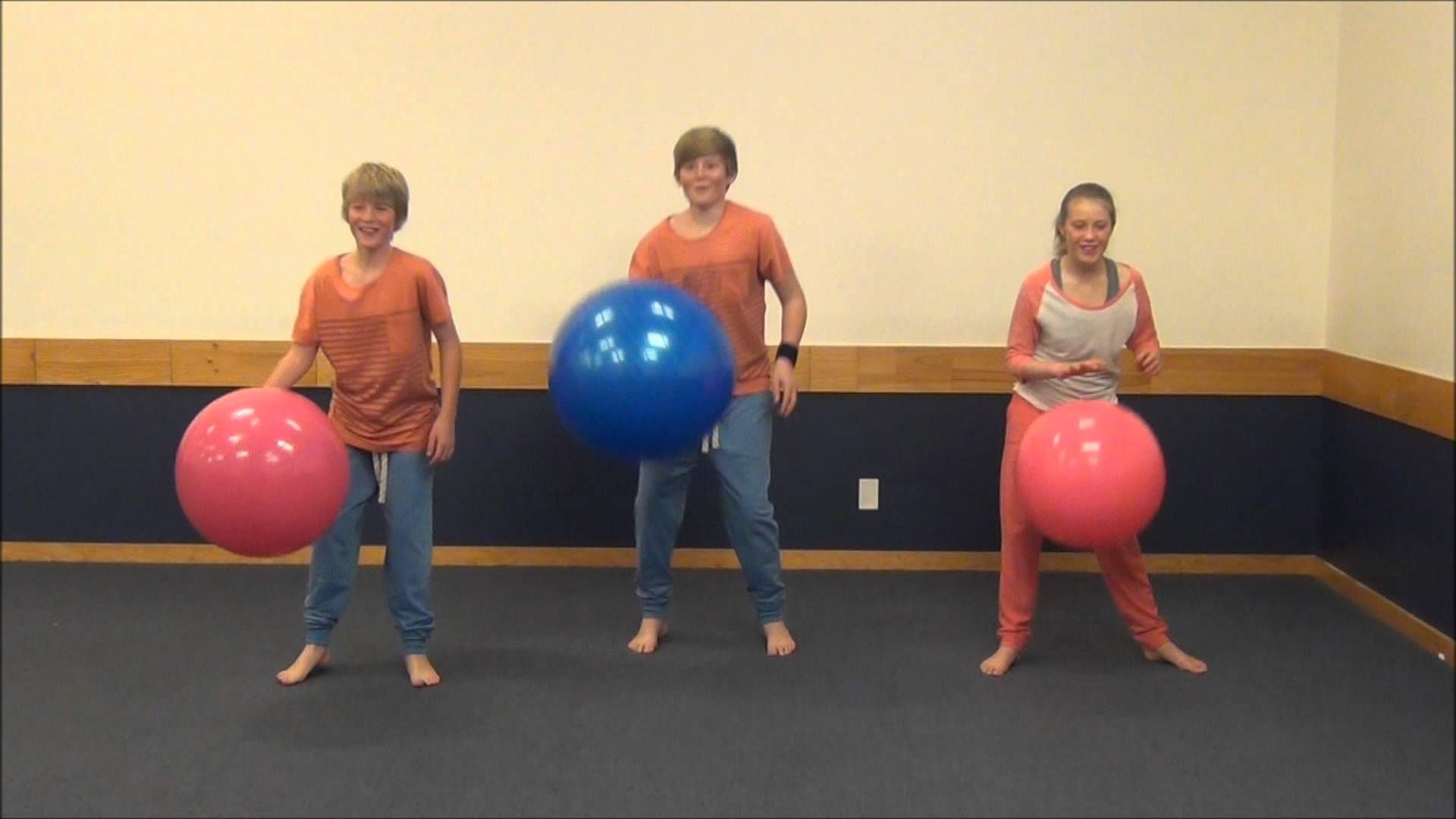Balance exericses increase cerebelluar function which in some Dyslexics and ADHD children is a little compromised.
But not all, so it is not a catch-all cure. Nevertheless, balance exercise is good for everyone especially if they don’t ride bikes, play sport or other such activities.
 In balance, in the United States, was created to help both children and adults with developmental disabilities over come the number of obstacles and challenges they face everyday.
In balance, in the United States, was created to help both children and adults with developmental disabilities over come the number of obstacles and challenges they face everyday.
A few years back, Cade Wash was diagnosed with ADHD and dyslexia, ever since he was in kindergarten he had a hard time paying attention and reading at school, but ever since completing the 12-week program, that’s all changed.
“It’s a lot easier, like when I read, I can understand what I read more,” said Wash.
Missy Dwyer, the owner of In Balance, uses different activities consisting of balancing techniques, that help force both sides of the brain to work together, and make new neurological passageways, that are sent out all over the body that help create focus, comprehension, and organization.
“When your brain is organized and working correctly, your outer world can reflect that, and the focus and everything can start falling into place,” said Dwyer.
Wash and his mother say these techniques, such as tossing a bean bag while standing on a rocking balancing board, helped not only his academics, but also his confidence.
“This is the first year he hasn’t had any tutoring, and he’s made all A’s, I think he’s had a couple of B’s in his whole first semester of school. So for us that was an awesome success story, it was just an answer to our prayers, I didn’t know where else to go,” said Kellie Wash, the mother of Cade Wash.
Dwyer’s walls are covered with success stories from those who have completed her program in the past, ranging from elderly people to kids.
“There’s not an age that can’t be helped, and it’s done without the meds, and without manipulation. It’s strictly coming in [and] getting your brain to work the way it’s suppose to work,” said Dwyer.
Jan 12th, 2014